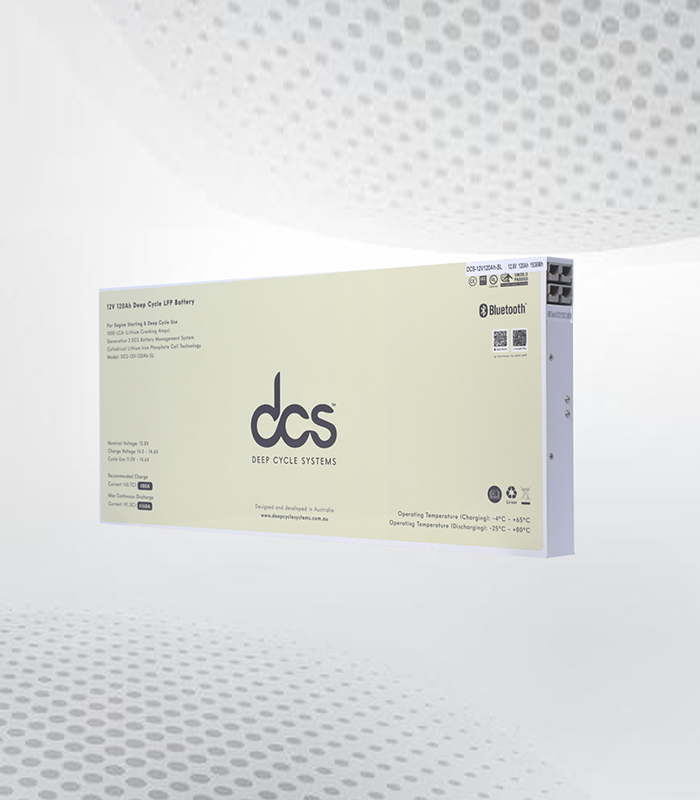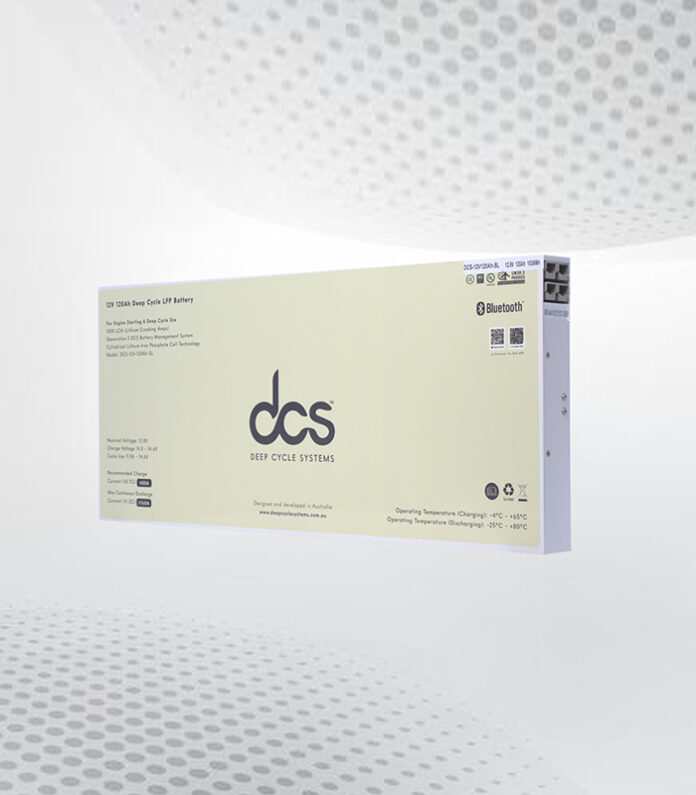Imagine powering your favorite devices and gadgets on the go, without being tethered to a wall outlet or noisy generator. The freedom to work, play, or adventure wherever and whenever you want, without worrying about running out of juice. That’s the promise of small inverters, capable of converting DC power from batteries or solar panels into AC power that can fuel your laptop, camera, or other essential devices. But with so many options on the market, choosing the right small inverter for your needs can be overwhelming. Do you need a pure sine wave or a modified sine wave inverter? How much power do you need? And what about safety features and durability?
Introduction to Small Inverters and Their Importance
The thrill of freedom on the open road, untethered from the constraints of traditional power sources. For many, the dream of off-grid adventure is compelling, and at the heart of this freedom is the humble small inverter. These unsung heroes convert the DC power stored in your batteries into usable AC power, bringing the comforts of home to the great outdoors. But with so many options on the market, selecting the perfect small inverter can be daunting, especially for those new to the world of off-grid living.
That’s why we’ve put together this comprehensive guide to help you navigate the complex landscape of small inverters and find the perfect one to power your freedom. Whether you’re a seasoned adventurer or just starting, this guide will walk you through the key considerations, features, and benefits to look for in a small inverter, ensuring that you’re always powered up and ready to go wherever the road may take you.
Types of 500 Watt Inverter: Sine Wave, Modified Sine Wave, and Square Wave
As you embark on your journey to find the perfect small inverter, you must understand the different types of 500 Watt Inverter available in the market. The three primary types of small inverters are sine wave, modified sine wave, and square wave inverters, each with unique characteristics, advantages, and limitations.
Sine wave inverters are the most popular and widely used type of inverter. They produce a pure sine wave output, which is identical to the AC power provided by the grid. This makes them suitable for powering sensitive electronic devices, such as laptops, smartphones, and medical equipment, that require a stable and clean power source. Sine wave inverters are ideal for applications that require high-quality power, but they are generally more expensive than other inverters.
On the other hand, modified sine wave inverters produce a stepped sine wave output, which approximatesf a pure sine wave. They are less expensive than sine wave inverters but provide a reliable power source for many devices. However, they may not be suitable for powering sensitive equipment and may cause interference with some devices.
Key Considerations: Efficiency, Reliability, and Safety
Efficiency
Efficiency is a critical factor when selecting a small inverter, as it directly impacts the amount of power you can draw from your battery. A highly efficient inverter minimizes energy losses, allowing you to power your devices for longer periods. Look for inverters with high-efficiency ratings, typically above 90%, to ensure you get the most out of your battery.
Reliability
Reliability is another vital aspect to consider. A reliable inverter provides consistent power output, reducing the likelihood of unexpected shutdowns or equipment damage. When evaluating reliability, consider the inverter’s build quality, component durability, and manufacturer reputation. A reliable inverter will give you peace of mind, especially when relying on it to power essential appliances.
Safety
Safety is paramount in selecting the perfect inverter. Ensure the inverter has necessary certifications such as UL or CE, which indicate that the product meets stringent safety standards. These certifications ensure the inverter has undergone rigorous testing for electrical shock, fire hazards, and other safety risks, ensuring it operates safely and efficiently.
500w Inverter Features: Surge Capacity, Low Battery Shutdown, And More.
As you delve deeper into the world of 500w Inverter you’ll discover many features that can make or break your off-grid experience. Understanding these features is essential to ensure you’re selecting the perfect inverter for your needs. Let’s break down some of the most critical components to consider.
Surge capacity, for instance, is a crucial aspect to look out for. This refers to the inverter’s ability to handle sudden, brief spikes in power demand. Think of it like a burst of energy to start a motor or power a tool. A higher surge capacity means your inverter can easily handle these spikes, reducing the risk of overheating or damage.
Another vital feature is low battery shutdown. This feature allows your inverter to automatically switch off when your battery reaches a predetermined level, preventing deep discharge and prolonging the life of your battery. This is especially important for those who rely on their off-grid system for extended periods.
Understanding Inverter Efficiency: Peak and Continuous Power Ratings
When selecting the perfect small inverter, understanding inverter efficiency is crucial to ensure you get the most out of your device. The distinction between peak and continuous power ratings lies at the heart of this. These two metrics may seem similar but have vastly different implications for your inverter’s performance.
Peak power rating, or surge power, refers to the maximum power output an inverter can provide for a short period, typically up to 10 seconds. This number is usually flaunted on the product’s marketing materials, but it’s essential to look beyond the hype. Peak power is useful for occasional high-power spikes, such as when starting a motor or compressor, but it does not reflect the inverter’s sustained performance.
On the other hand, continuous power rating, also known as rated power, represents the inverter’s ability to deliver power consistently over an extended period. This number truly matters, as it determines how well your inverter can handle the constant demands of your devices. A higher continuous power rating ensures that your inverter can efficiently power your appliances without overheating or shutting down.
Inverter Certifications: UL, CE, and ETL Marks Explained
Importance of Certifications
Certifications are crucial when selecting the perfect small inverter. These certifications, often seen as markings like UL, CE, and ETL, guarantee that the product has met rigorous safety and performance standards. This ensures that your inverter operates safely and efficiently, providing peace of mind and reliable performance.
UL Certification
The UL (Underwriters Laboratories) mark signifies that the inverter has been tested and certified to meet the stringent safety standards of the United States. This mark indicates that the product has undergone rigorous tests for electrical shock, fire hazards, and other safety risks, making it a benchmark of excellence in safety and performance.
CE Marking
Similarly, the CE mark, mandatory for products sold in the European Union, ensures that the inverter complies with the EU’s health, safety, and environmental protection standards. This mark is a declaration by the manufacturer that the product meets the essential requirements of EU directives, providing customers with assurance that the inverter is safe and reliable.
Top Brands and Models: A Review of Popular Power Inverter 500w
When selecting the perfect Power Inverter 500w, one of the most important considerations is the brand and model. With so many options available in the market, it can be overwhelming to make a decision. That’s why we’ve compiled a review of some of the top brands and models highly rated by experts and customers alike.
From Victron Energy’s reliable and efficient offerings to Renogy’s innovative and compact designs and Magnum Energy’s high-performance capabilities, we’ll examine each’s features, benefits, and drawbacks. We’ll also explore popular models from other industry leaders like AIMS Power, OutBack Power, and Schneider Electric to give you a comprehensive understanding of what’s available in the market.
Whether you’re looking for a small inverter to power a few essential appliances in your off-grid cabin or a more robust system to support your entire home, our review of top brands and models will provide you with the insights you need to make an informed decision. By considering factors such as power output, efficiency, durability, and price, you’ll be able to find the perfect small inverter that meets your unique needs and powers your freedom.
Troubleshooting Common Issues: Resolving 400 Watt Inverter Problems and Errors
The thrill of setting up your 400 Watt Inverter is only met with frustrating errors and problems that leave you scratching your head. Don’t worry; it’s a rite of passage for many inverter owners! But fear not, for we’ve got your back. In this section, we’ll walk you through the most common issues you may encounter with your small inverter and provide troubleshooting tips to get you back up and running in no time.
From the dreaded “no output” scenario to mysterious beeping errors, we’ll cover the most frequent problems that can bring your inverter to a grinding halt. You’ll learn how to identify the root cause of the issue and how to perform simple fixes to get your inverter humming again. Whether you’re a seasoned DIY enthusiast or a newbie to the world of inverters, our troubleshooting guide will empower you with the knowledge and confidence to tackle even the most perplexing problems. So, please take a deep breath, grab your toolkit, and dive into the world of inverter troubleshooting!
Conclusion
With the perfect small inverter by your side, you can take your freedom on the road, off the grid, or wherever adventure calls. By following the step-by-step guide outlined in this post, you’ll be well on your way to selecting the ideal inverter for your unique needs, whether powering a camping trip, a remote work setup, or a sustainable lifestyle. As you embark on your journey to energy independence, remember that the right inverter is just the beginning – the possibilities are endless, and the freedom is yours to create.
FAQs
What size inverter do I need for my small electronic devices?
A: Calculate the total wattage of all devices you plan to use and choose an inverter with at least 20-30% higher capacity. For small devices like laptops and phones, a 150W to 300W inverter is usually sufficient.
Should I choose a pure sine wave or modified sine wave inverter?
A: Choose a pure sine wave inverter for sensitive electronics (like laptops and medical equipment) for clean and stable power. A modified sine wave inverter is cheaper and works well for simple devices like lights and chargers.
How do I ensure the inverter is compatible with my power source?
A: Match the inverter’s input voltage (e.g., 12V, 24V) with your power source, such as a car battery or solar system, to ensure compatibility and efficient operation.
| Other Good Articles to Read |
| Niche Blogs Connect |
| Blogs 97 |
| Blog Stitution |
| Blogs Unplugged |
| Blogs Cotch Rouge |
| Blog Signatr |
| Blog Sintonias |
| Blog Zilla |
| Consumer Forums |
| Finance Forums |
| G Blogs |
| Too Blog |
| Related Business Listings |
| Contact Directory |
| Local Business Profiles |

